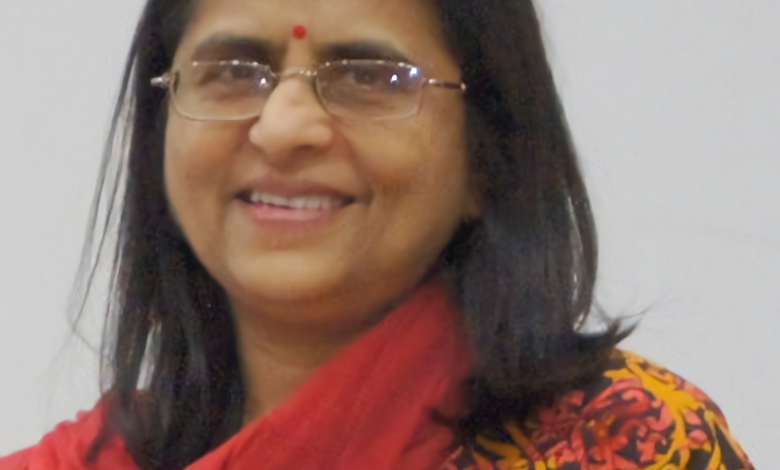Maintaining hygiene at constructions sites by Dr. Rajvi Mehta, Microbiologist, and Scientific Consultant, Trivector Biomed LLP
The cleanliness factor on the construction sites

Construction is the second largest economic activity in India after agriculture and consists of 44% of all the urban unorganized workers in India. However, there is very little concern about the construction workers as compared to the concern one has for farmers. These labourers are generally young and therefore presumed to be healthy which is a fallacy.
Most of these workers come from a very poor socio-economic background and are unaware of hygiene and health; many would have grown up with poor nourishment in their formative years. Furthermore, they continue to live in very un-hygienic and cramped conditions. And, all these reasons make them more susceptible to infections. Their respiratory system is also compromised because of constant exposure to dust, allergens and other contaminants. A study form Kerala showed that 60% of construction workers use tobacco which would further compromise their health.
Constructions sites can never be “clean” making workers prone to bacterial, viral and fungal infections. In an interesting study reported from Texas, USA in the Journal of the American Medical Association at the start of the covid pandemic; the scientists used mathematical modelling to project the prevalence of infections in construction workers as compared to the general population. They reported that the SARS-Cov2 transmission in construction workers would be 14% higher than normal workspaces. They estimated that if the hospitalisation rate for the overall population in the area would be 1.5 per 1000 people, it would be 4 times high, at 6.8 per 1000 construction workers. This clearly reflects the susceptibility of construction workers to infections.
As the workers themselves are ill-equipped to take care of their own health and hygiene, it becomes the responsibility of the management to ensure healthy workspaces. However, even if strict protocols are maintained for hygiene, the compliance can be expected to be very poor. Filtration units cannot be used as the environment is very dusty so they would get blocked immediately. So, we need agents/ devices which can reduce the microbial load and still function effectively in these environments.
Ultra-violet rays can prevent microbes from multiplying by attacking the genetic material itself. Therefore, ultraviolet germicidal irradiation has been used for many decades to destroy microbes in unoccupied spaces. Although UV rays are effective, they do not have the ability to discriminate between microbial and human cells and can damage eyes as well as skin.
Prof. David Brenner from Columbia University discovered that UV lights at the wavelength of 222 nm can have the same disinfected effect like UV but because of the lower wavelength, they cannot penetrate the skin and cause harm like UV at wavelength of 254 nm does. He called UV light at 222nmas FAR UVC He later showed that it could also destroy the flu as well as coronavirus when these viruses in closed chamber were exposed to FAR UVC recommending its use in occupied spaces.
The study from Kerela shows that 10% of the workers had suffered from jaundice and 14% form skin diseases in the past. Construction site workers also do not have access to “clean” drinking water and are also at risk at waterborne disease, like hepatitis A [jaundice]. This risk is higher in summer when temperatures favour microbial growth. UV light can destroy viruses in water too. A study published in the very prestigious journal PLOS shows that FAR UVC destroys the bacterium – methicillin resistant Staphylococcus aureus – which causes deadly infection in hospitals, a scourge for any hospital. If it can destroy such a devastating bacterium then it can surely destroy the common skin causing infections in construction workers. Thus, installation of FarUVC can help reduce such infections and its spread.
For any device or technology to be effective, it needs to be effective, safe and feasible to use. FAR UVC does not need any major infrastructural requirements except a fixture and Krypton UV lights. This can be easily manageable at constructions sites and can be shifted to different locations as and when required.
A relatively new technology and just introduced in India, it may help us to keep our construction labourers healthy. It is time to pause and ponder and think about the people who are risking their lives to create our homes and offices. After all, they are the largest workforce in India after the farmers. We are conscious of the farmer’s woes, let us also think about these labourers too!


